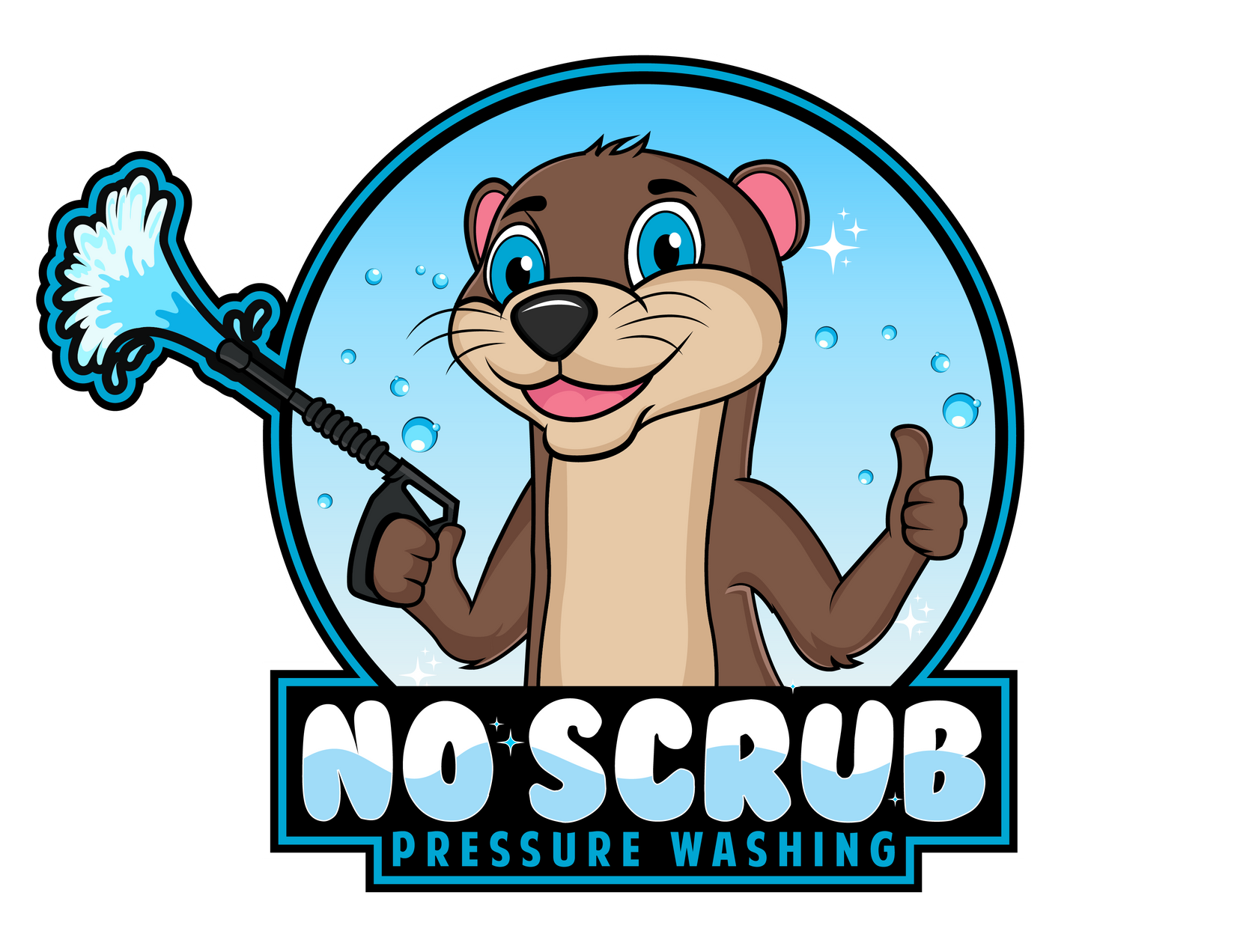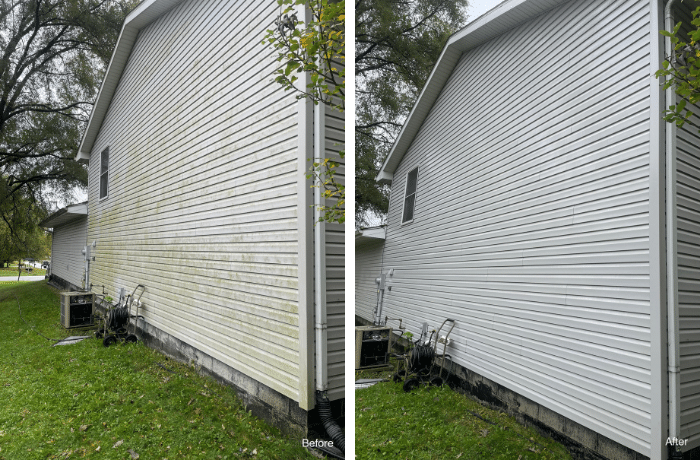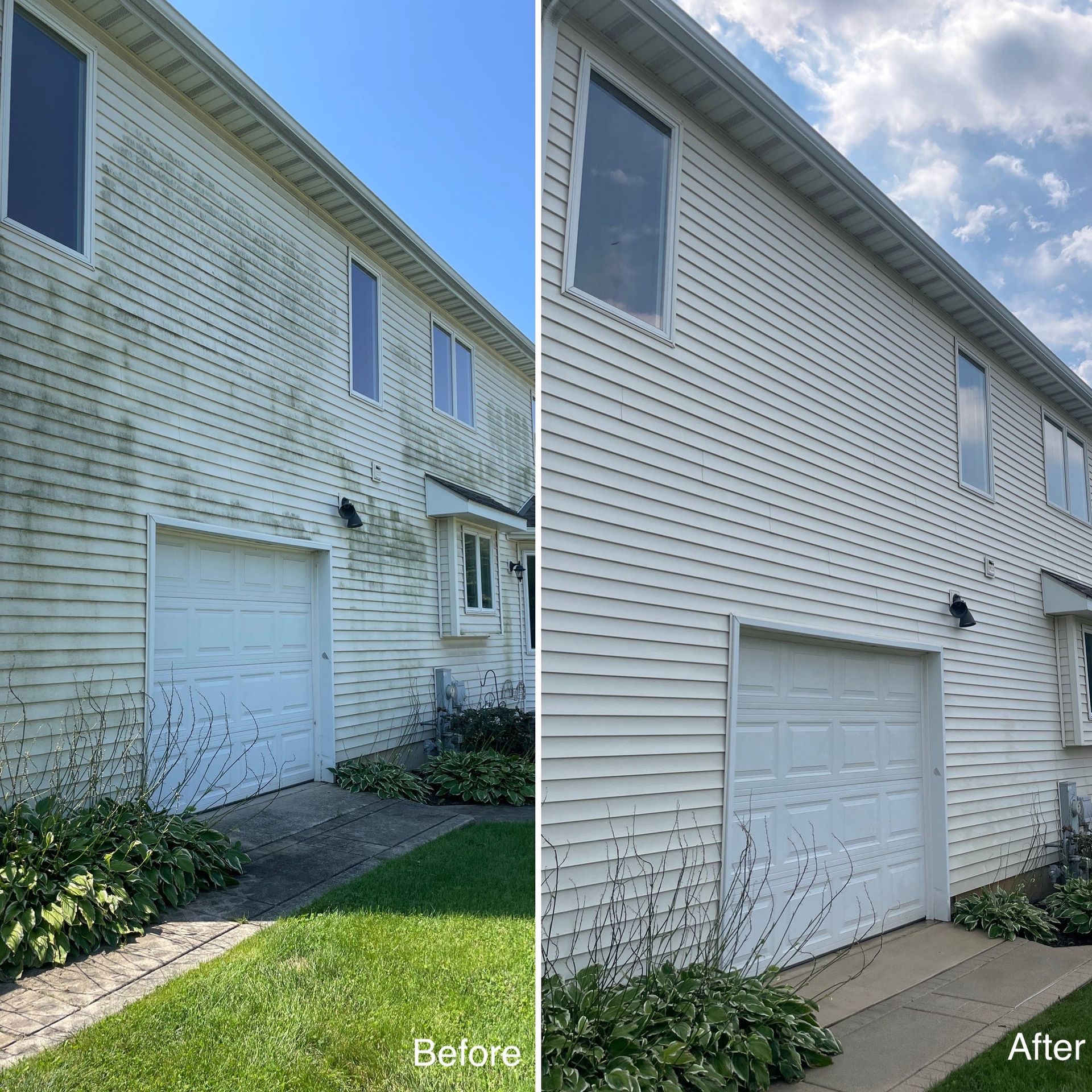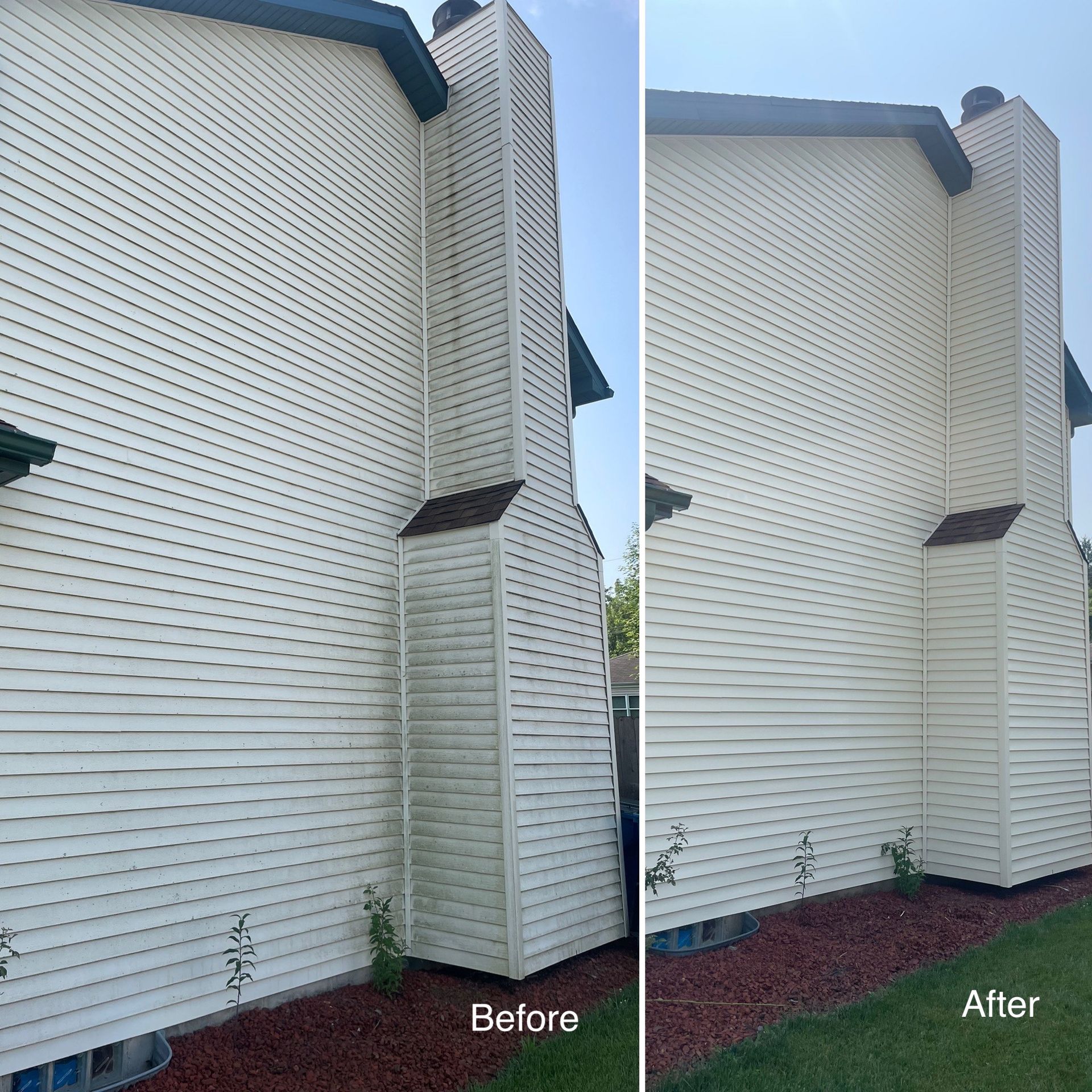Why Fleet Washing Improves Safety for Your Company’s Drivers
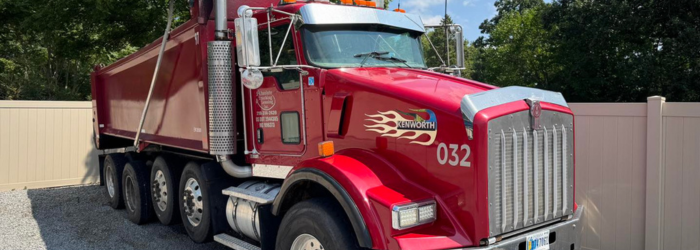
Fleet washing is often seen as a routine maintenance task focused on keeping commercial vehicles looking polished. However, its impact goes far beyond aesthetics. Regular fleet washing improves safety for your company’s drivers by reducing hazards, ensuring compliance with regulations, and enhancing vehicle performance. A clean fleet minimizes risks for drivers, protects your company’s reputation, and can even lower operational costs. In this comprehensive guide, we’ll explore why fleet washing is a critical safety measure, supported by expert insights, real-world examples, and authoritative sources.
The Critical Role of Fleet Washing in Driver Safety
Fleet washing involves the thorough cleaning of commercial vehicles—trucks, vans, buses, or trailers—to remove dirt, grime, road salt, and other contaminants. While it’s tempting to view cleaning as optional, neglecting it can lead to safety issues that jeopardize drivers and other road users. According to the Federal Motor Carrier Safety Administration (FMCSA), proper vehicle maintenance, including cleanliness, is essential for compliance with safety standards and accident prevention.
Here’s how fleet washing improves safety for drivers and why it should be a priority for any company operating a fleet.
1. Improved Visibility for Safer Driving
Clear visibility is a cornerstone of safe driving, and dirty vehicles can significantly impair it. Mud, dust, or grease on windshields, mirrors, or lights reduces a driver’s ability to see the road, obstacles, or other vehicles. For instance, a study by the National Highway Traffic Safety Administration (NHTSA) found that poor visibility contributes to approximately 20% of commercial vehicle accidents.
- Windshields: Dirt or smudges can create glare or obscure road signs, especially in low-light conditions.
- Mirrors: Grime-covered side mirrors hinder a driver’s ability to monitor blind spots.
- Lights: Dirty headlights or taillights reduce illumination and visibility to other drivers, increasing the risk of collisions.
Regular fleet washing ensures that windows, mirrors, and lights remain clean, enhancing driver visibility and reducing accident risks.
2. Preventing Mechanical Issues Through Cleanliness
Contaminants like road salt, mud, or oil can accelerate wear and tear on vehicle components, leading to mechanical failures that compromise driver safety. For example, road salt used in winter months is highly corrosive and can damage brake lines, undercarriages, and electrical systems if not removed promptly. The Occupational Safety and Health Administration (OSHA) emphasizes that regular vehicle cleaning is a key part of preventive maintenance to ensure safe operation.
- Corrosion Prevention: Washing away salt and chemicals protects critical components like brakes and suspension systems.
- Tire Safety: Removing debris from wheel wells prevents damage to tires, which could lead to blowouts or loss of traction.
- Cooling Systems: Clean radiators and grilles ensure proper engine cooling, reducing the risk of overheating on long hauls.
By incorporating fleet washing into your maintenance routine, you can catch potential issues early and keep vehicles in optimal condition for driver safety.
3. Ensuring Compliance with Safety Regulations
The transportation industry is heavily regulated, and vehicle cleanliness is part of compliance with safety standards. The FMCSA’s Commercial Vehicle Safety Alliance (CVSA) conducts roadside inspections that include checks for visibility and vehicle condition. A dirty fleet can result in violations, fines, or vehicles being placed out of service, which disrupts operations and puts drivers at risk.
- DOT Inspections: Clean vehicles are less likely to be flagged for visibility issues or maintenance violations during Department of Transportation (DOT) inspections.
- Branding and Professionalism: A clean fleet reflects a commitment to safety and compliance, reducing scrutiny from inspectors.
- Driver Accountability: Regular washing encourages drivers to take pride in their vehicles, fostering a culture of safety and responsibility.
By maintaining a clean fleet, companies avoid costly penalties and ensure drivers operate within legal and safety guidelines.
4. Enhancing Driver Confidence and Morale
A clean vehicle isn’t just safer—it also boosts driver confidence and morale. Operating a well-maintained, clean truck or van creates a positive work environment, which can improve driver performance. According to a study by the American Trucking Associations (ATA), driver satisfaction is closely tied to the condition of their equipment.
- Professional Environment: Clean cabs and exteriors make drivers feel valued and supported.
- Reduced Stress: Knowing their vehicle is in top condition allows drivers to focus on the road rather than worrying about mechanical issues.
- Public Perception: A clean fleet projects a professional image, which can enhance driver pride and reduce public complaints.
Investing in fleet washing shows drivers that their safety and well-being are priorities, leading to better retention and performance.
5. Reducing Environmental and Health Hazards
Dirty vehicles can carry environmental contaminants that pose health risks to drivers. For example, fleets transporting hazardous materials may accumulate residues that, if not cleaned, could expose drivers to harmful substances. Additionally, mold or bacteria in dirty cabs can cause respiratory issues or allergies, affecting driver health.
- Hazardous Material Cleanup: Regular washing removes chemical residues, ensuring compliance with Environmental Protection Agency (EPA) regulations.
- Cab Hygiene: Clean interiors reduce the risk of illness, keeping drivers healthy and on the road.
- Eco-Friendly Practices: Using biodegradable cleaning products during fleet washing minimizes environmental impact, aligning with sustainability goals.
A clean fleet protects drivers from health risks and ensures a safer, more comfortable working environment.
Real-World Example: How Fleet Washing Saved a Logistics Company
Consider the case of a mid-sized logistics company operating a fleet of 50 delivery trucks. After a series of minor accidents attributed to poor visibility, the company implemented a regular fleet washing schedule. By using professional pressure washing services, they ensured all vehicles were cleaned weekly, focusing on windows, mirrors, and undercarriages. Within six months, the company reported:
- A 30% reduction in visibility-related incidents.
- Zero DOT violations during roadside inspections.
- Improved driver satisfaction, with 85% of drivers reporting feeling safer in cleaner vehicles.
This example illustrates how fleet washing improves safety and delivers measurable benefits for both drivers and the company.
Best Practices for Effective Fleet Washing
To maximize the safety benefits of fleet washing, companies should follow these best practices:
- Schedule Regular Cleanings: Weekly or bi-weekly washing prevents buildup and ensures consistent safety.
- Use Professional Services: Partner with experienced fleet washing companies that use high-pressure equipment and eco-friendly detergents.
- Focus on Key Areas: Prioritize windows, mirrors, lights, and undercarriages to address safety-critical components.
- Train Drivers: Educate drivers on the importance of reporting dirt or damage that could affect safety.
- Monitor Compliance: Regularly inspect vehicles to ensure they meet FMCSA and DOT standards.
Invest in Fleet Washing for Safer Drivers
Fleet washing is far more than a cosmetic task—it’s a critical safety measure that protects your drivers, ensures compliance, and enhances operational efficiency. By improving visibility, preventing mechanical issues, ensuring regulatory compliance, boosting driver morale, and reducing health hazards, fleet washing improves safety for your company’s drivers in tangible ways. Companies that prioritize regular vehicle cleaning not only safeguard their workforce but also strengthen their reputation and bottom line.
Ready to make fleet washing a cornerstone of your safety strategy?
Contact a professional fleet washing service today.
